Meet the couple who are living the dream in a remarkable Devon barn conversion
Andy and Sue Perrin have carefully converted a tumbledown stone barn in Devon, reinstating character through considered design
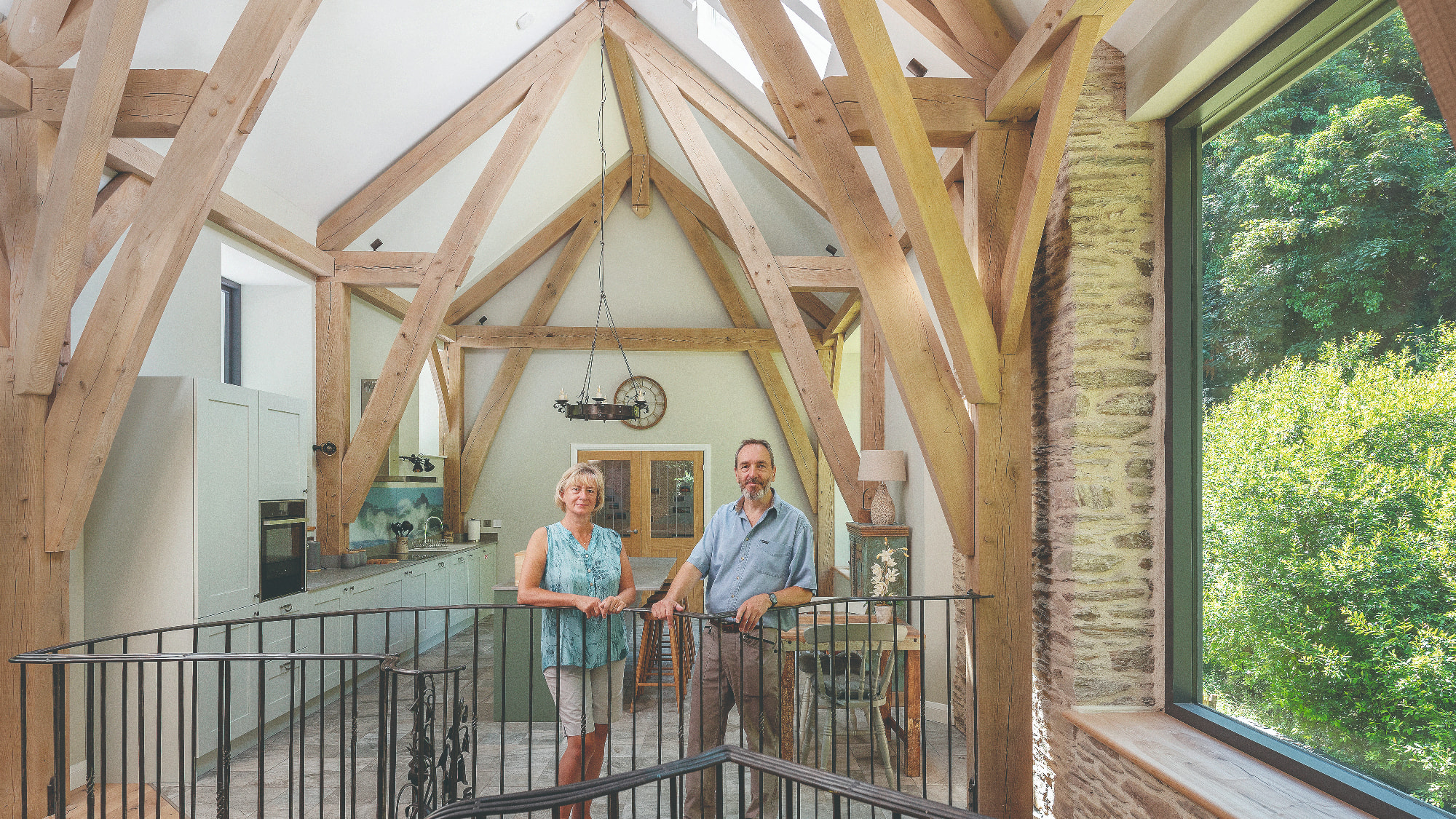
Looking for a new adventure after a holiday on the south coast, Andy and Sue Perrin upped sticks and took on an incredible stone barn conversion in South Devon.
Their new home is brimming with characterful and unique features. Through careful design, the couple realised their dream of creating a modern – but not sterile – home that honours the building's history.
Below, the couple shares the journey they undertook to bring this beauitful barn conversion to life.
Discovering the perfect barn to convert
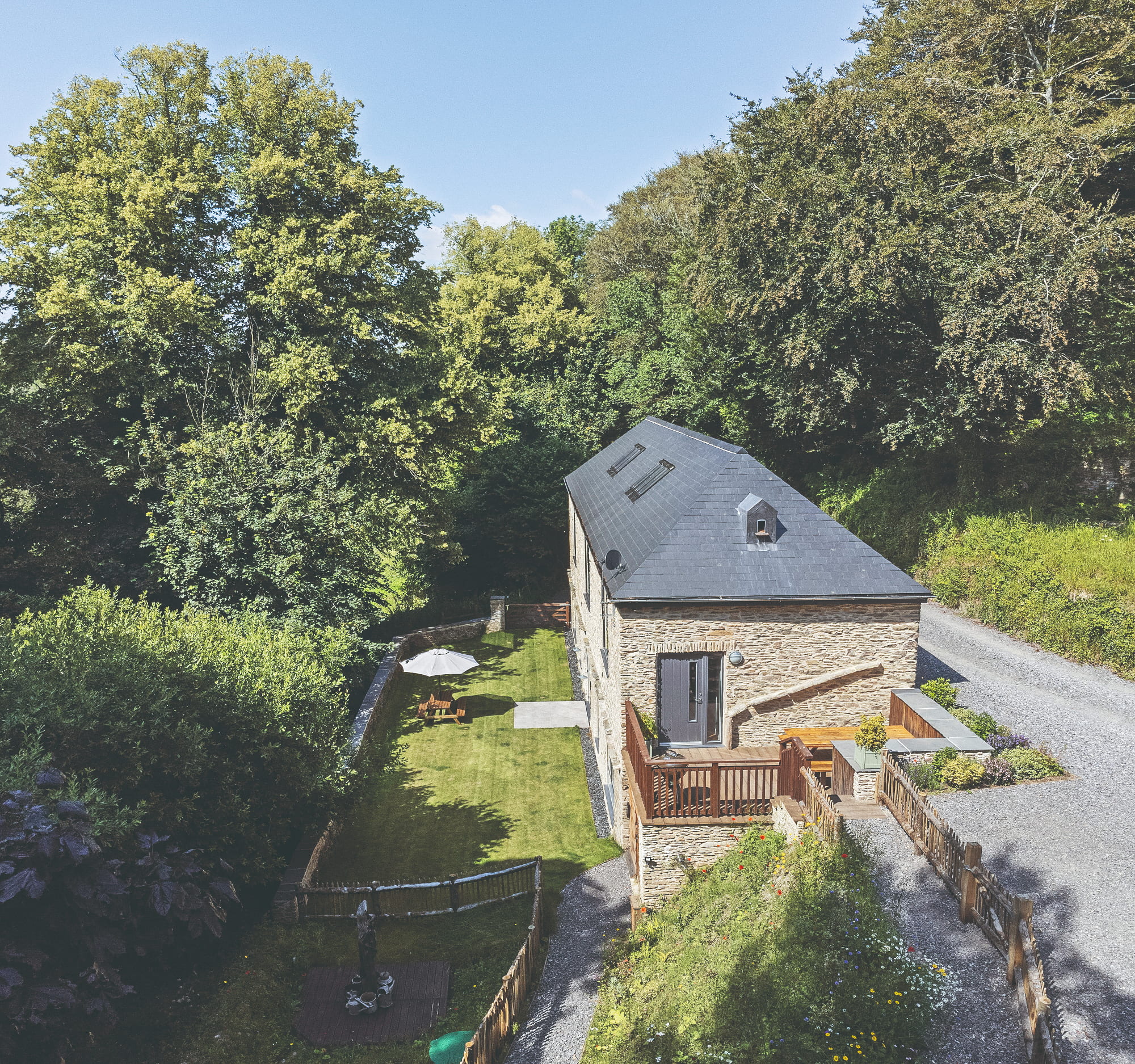
When Andy and Sue started looking for a renovation project to take on together, they knew their dream home would be somewhere in the West Country.
“We’ve both been in the travel industry for our whole careers and when we visited Cornwall one Easter we thought: ‘this is it, this is the life,” says Andy. “So we began looking down in the southwest for a cottage or a barn”.
“Our estate agent called to say there was a fabulous barn in Devon, but the owner wouldn’t sell it without also including the house," he explains. “We weren’t planning to relocate full time but once we saw it we instantly fell in love with both properties.”
The condition of the existing barn
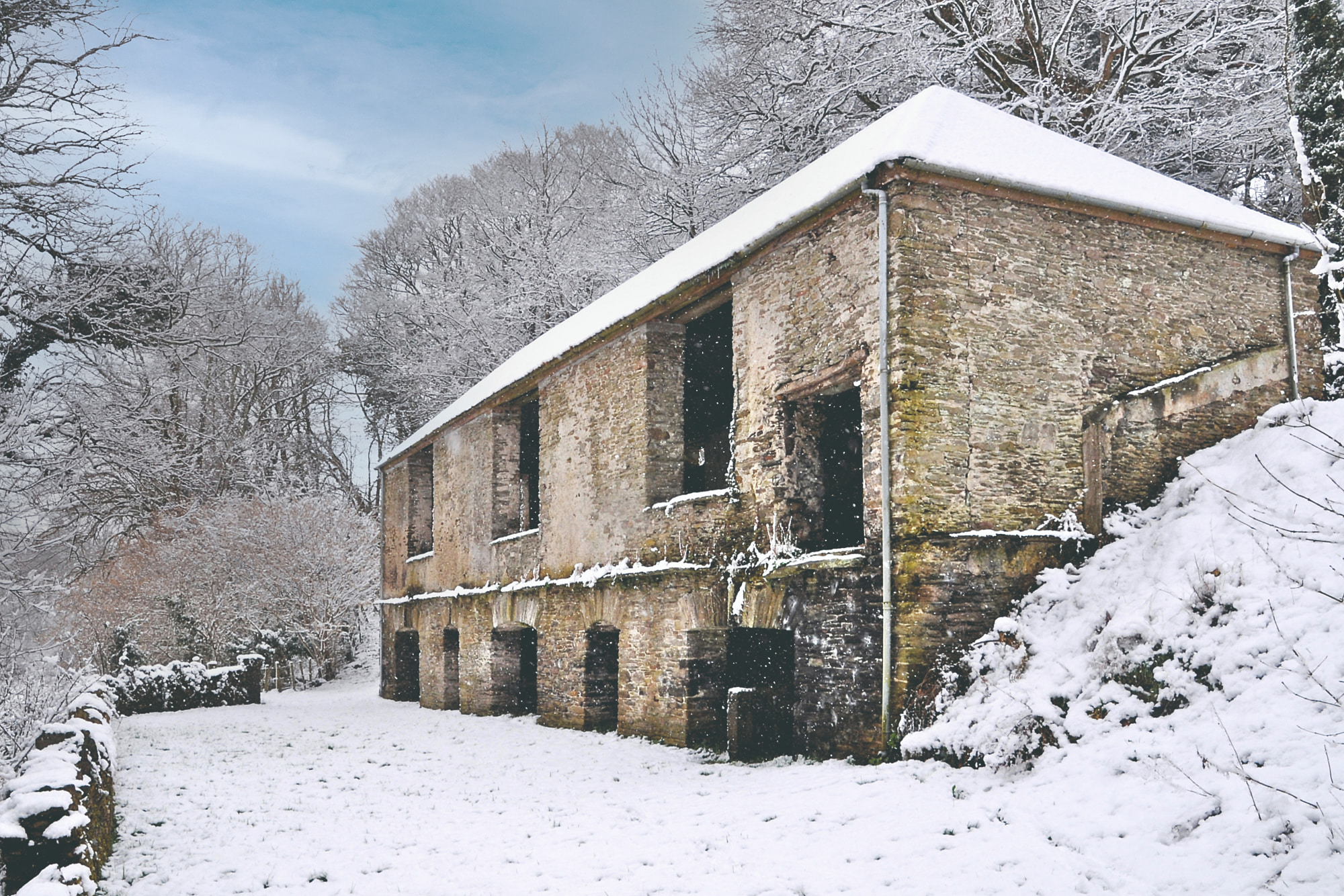
The barn had five large apertures along the bottom and three across the top, which is rare for a building of its kind. So the couple did some digging into local archives and discovered that the barn wasn’t built for livestock, as they had previously thought.
“The barn was originally built for making wool cloth,” Andy explains. “This meant that natural light played a big part in the design. It also meant that we wouldn’t require barn conversion planning permission for any new openings”.
The structure was in mostly good shape. There was some subsidence and dampness because the barn was built into a steep bank of bedrock with water running down from the road. A key stone was also missing in one corner, which had to be rebuilt. “That was the only bit of structural work that we really had to do”, says Andy. “Aside from reopening the original entryway that now leads onto the terrace”.
The roof timbers had also significantly rotted at the ends where they met the damp walls. But after speaking with the previous owners it transpired that the timbers were not original.
Finding the right architect for the job
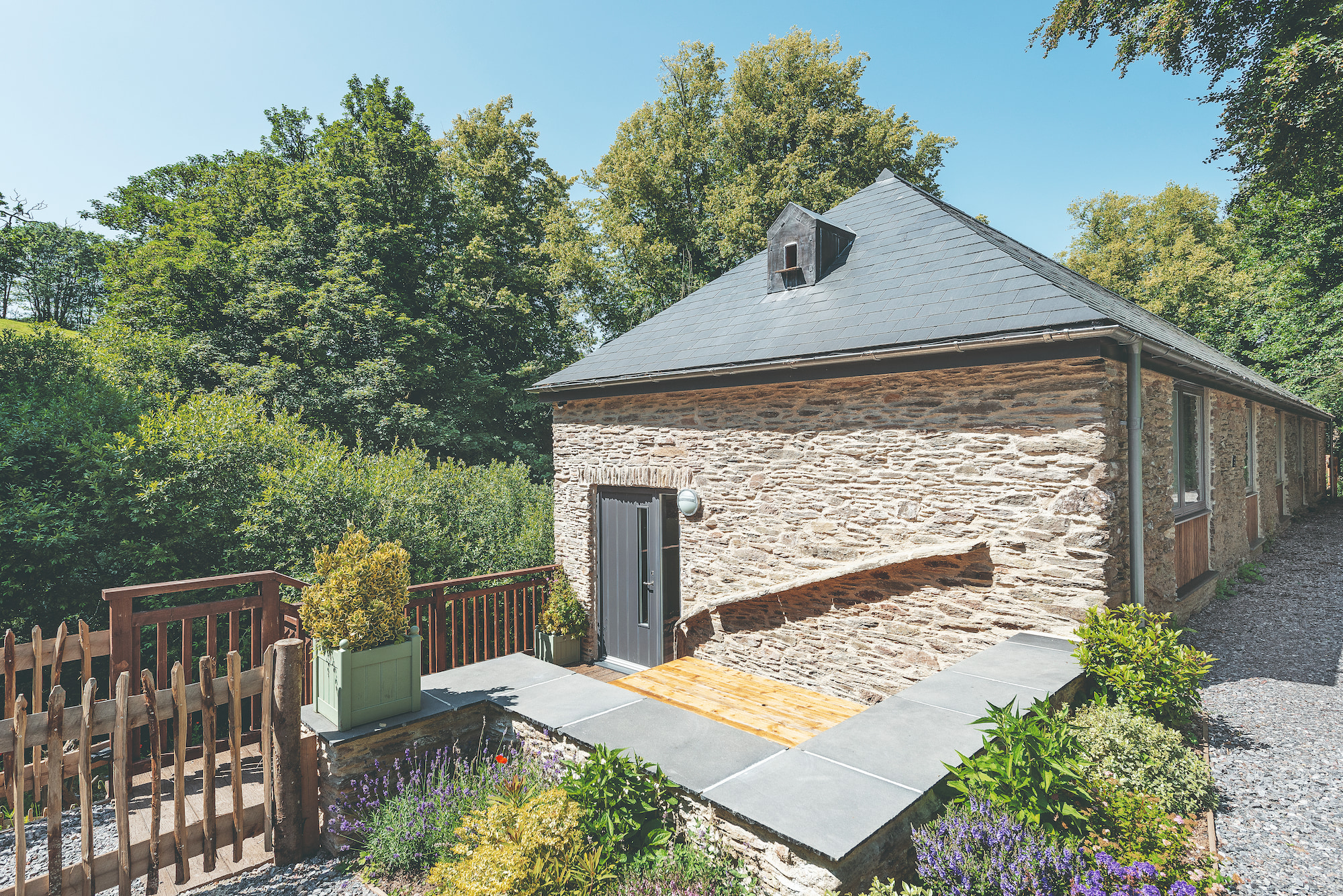
During a previous holiday in the southwest, Andy and Sue had stayed in a modern barn conversion. “It worked so beautifully with the original features that we knew we wanted to do something similar,” Sue explains. “We didn't know how to convert a barn by ourselves, so we set out looking for the architect who had designed that particular property”.
The moment the couple met with Adam Benz from BBH Chartered Architects, things clicked into place. “He was onboard and immediately wanted to visit the barn,” says Sue. “Not only did he get the property but he also understood us. We shared the principle vision to preserve the barn's character and sense of history.”
Navigating a challenging building process
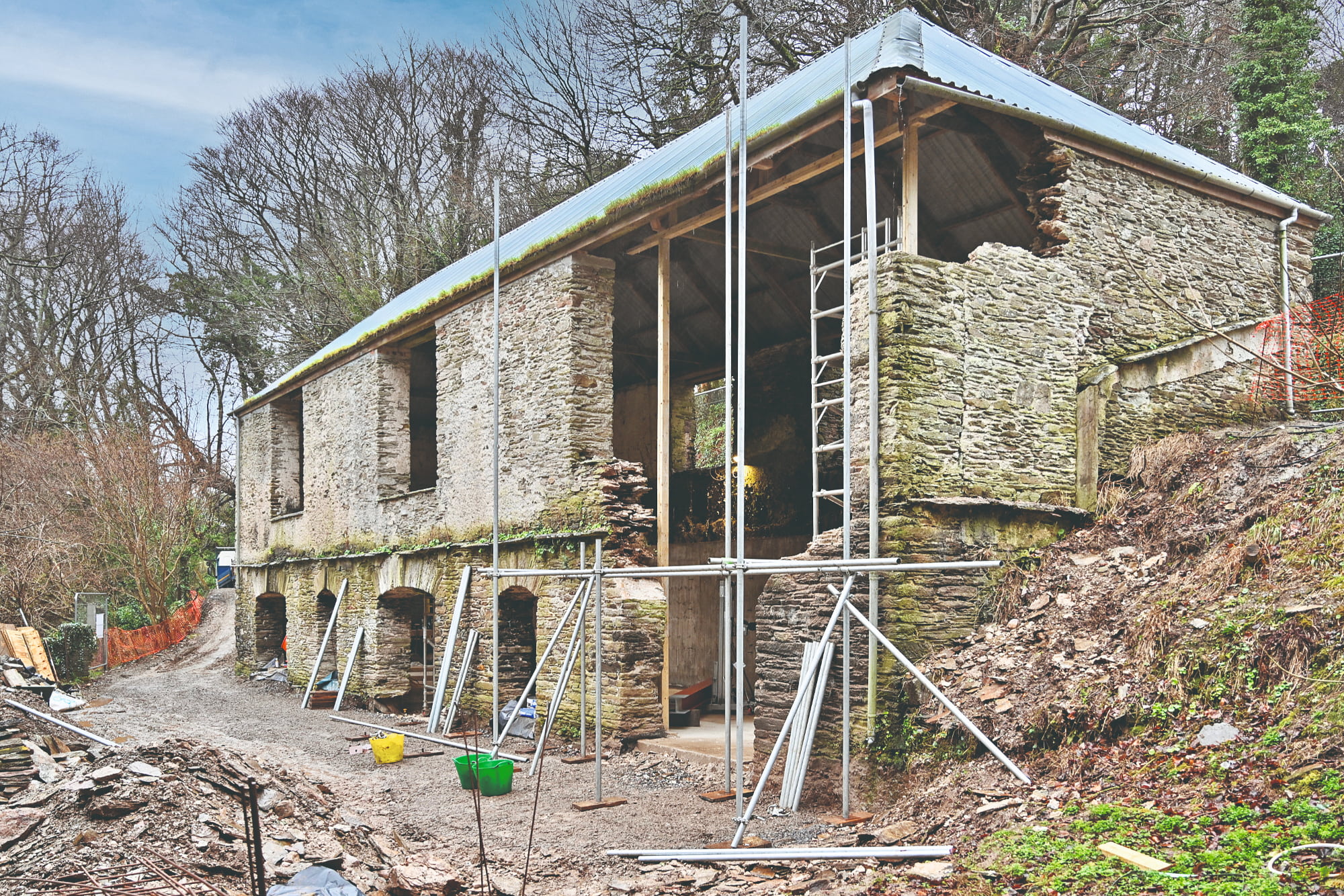
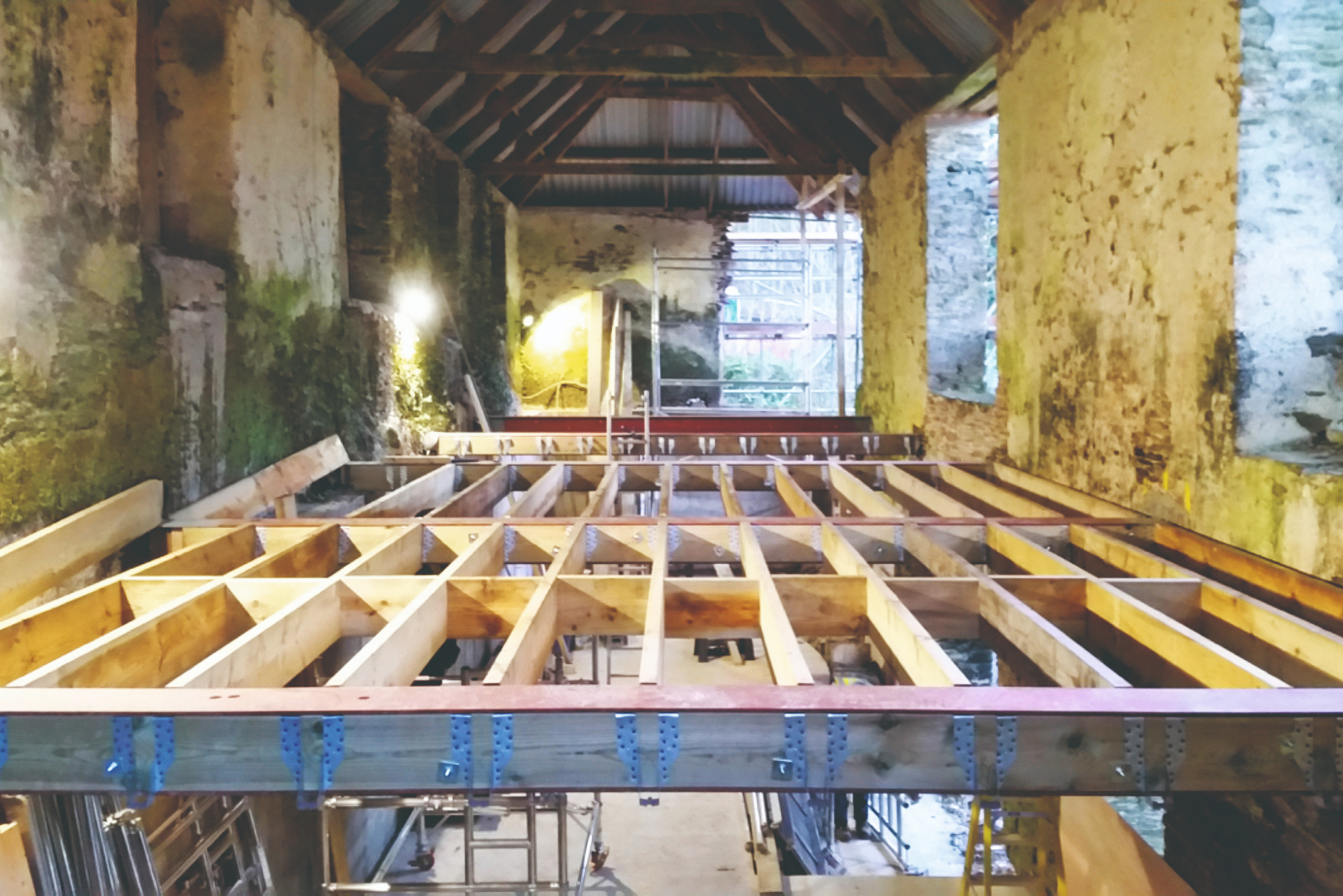
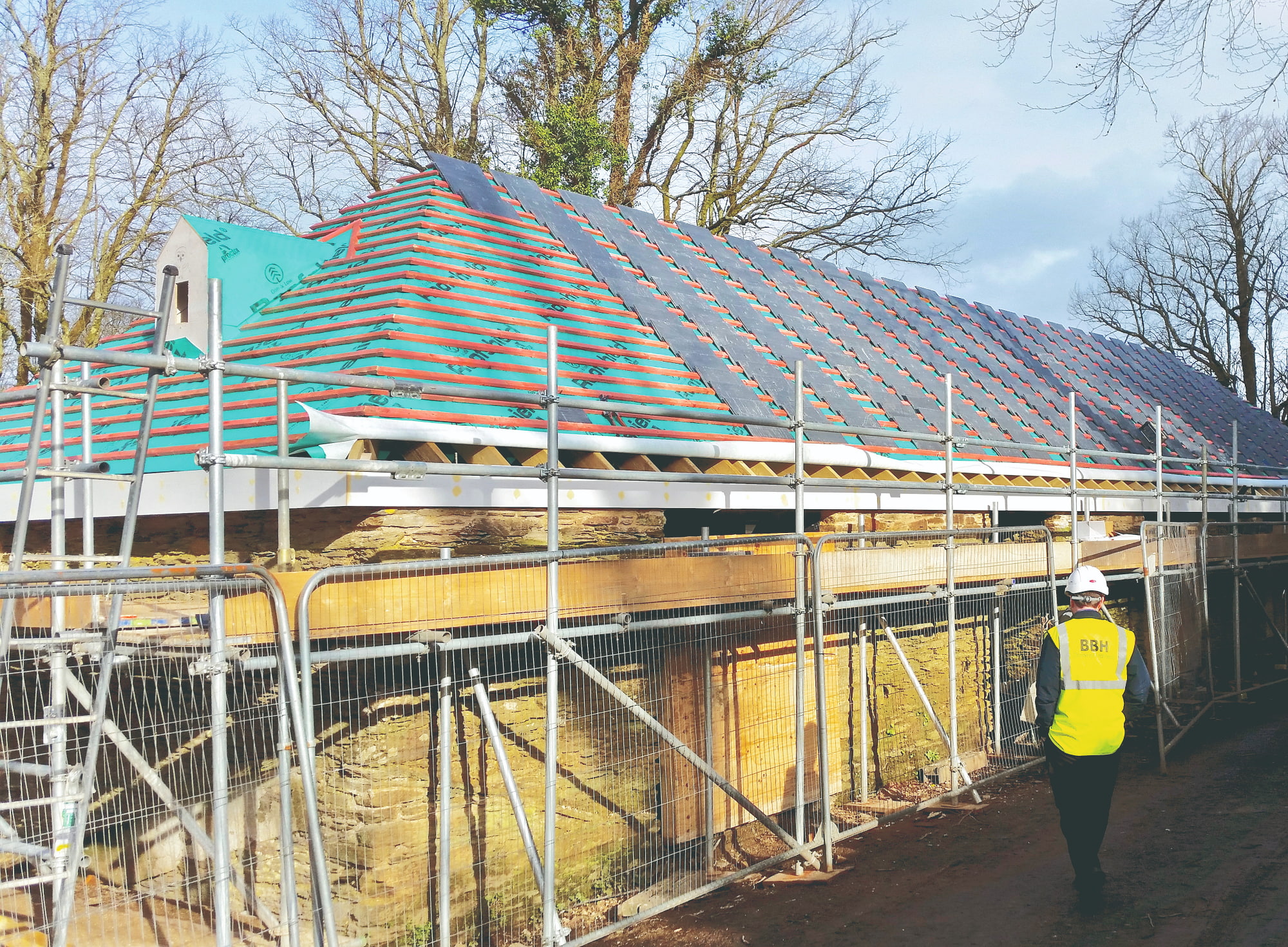
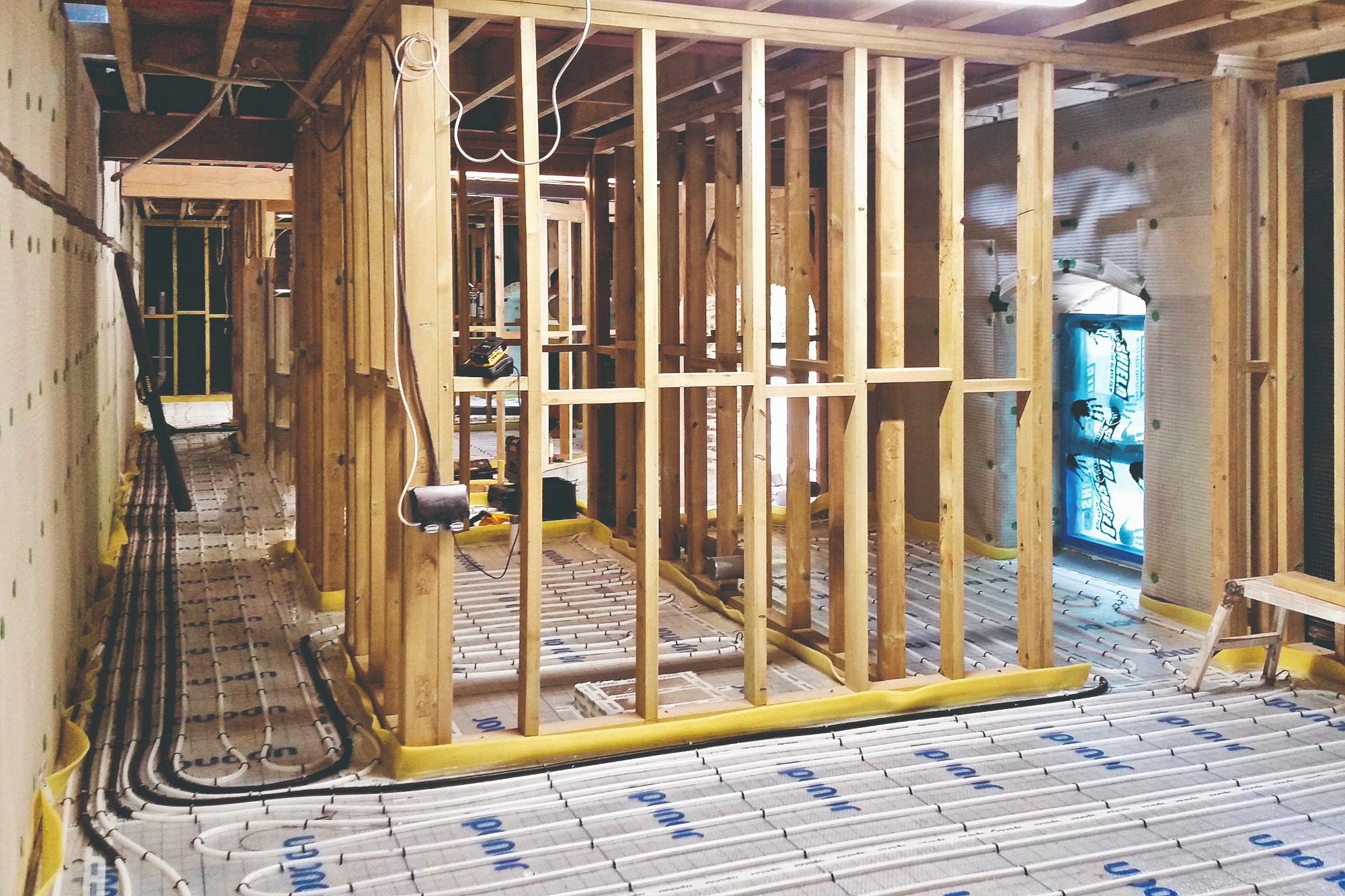
“At times the building process was quite complex,” says Andy. “Especially in terms of how to divert the water running down the back wall. We knew we couldn't stop the water coming down underground, so we decided to catch it and divert it away to a nearby stream by digging two fairly sizeable drains under the subfloor."
One of the biggest challenges in the building process came a few months after the first [Covid] lockdown. Building materials had dried up and aside from the picture window – which was made by a local joiner – the windows had a huge backlog as the manufacturer temporarily closed down.
Additionally, the couple had to partake in discussions with building control about leaving one of the walls exposed. Because the building had to be brought up to modern insulation standards, the regulators wanted all of it covered. But in the end the architect was able to increase the insulation values in other parts of the building to offset the uninsulated stone.
Retaining character through bespoke interiors
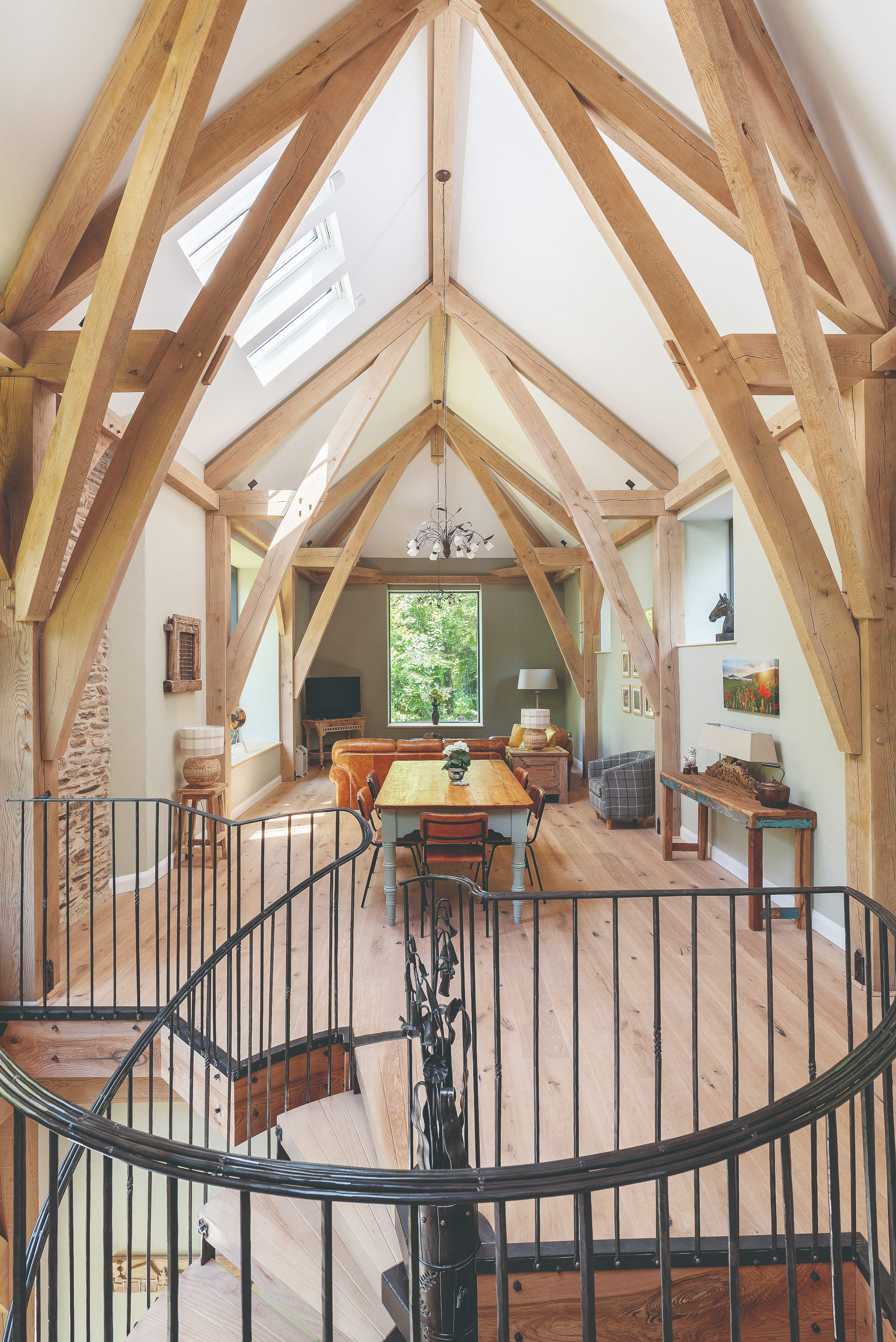
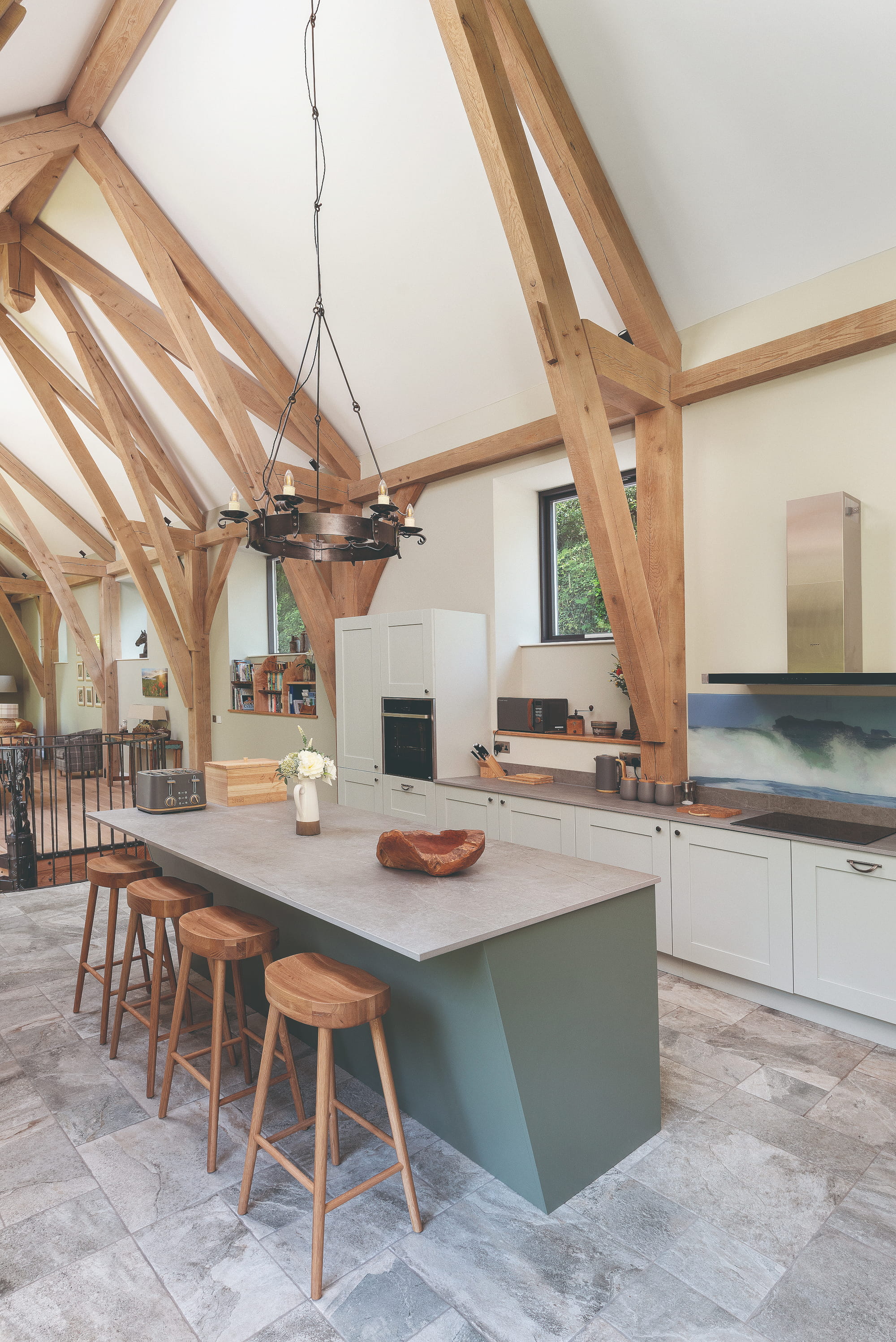
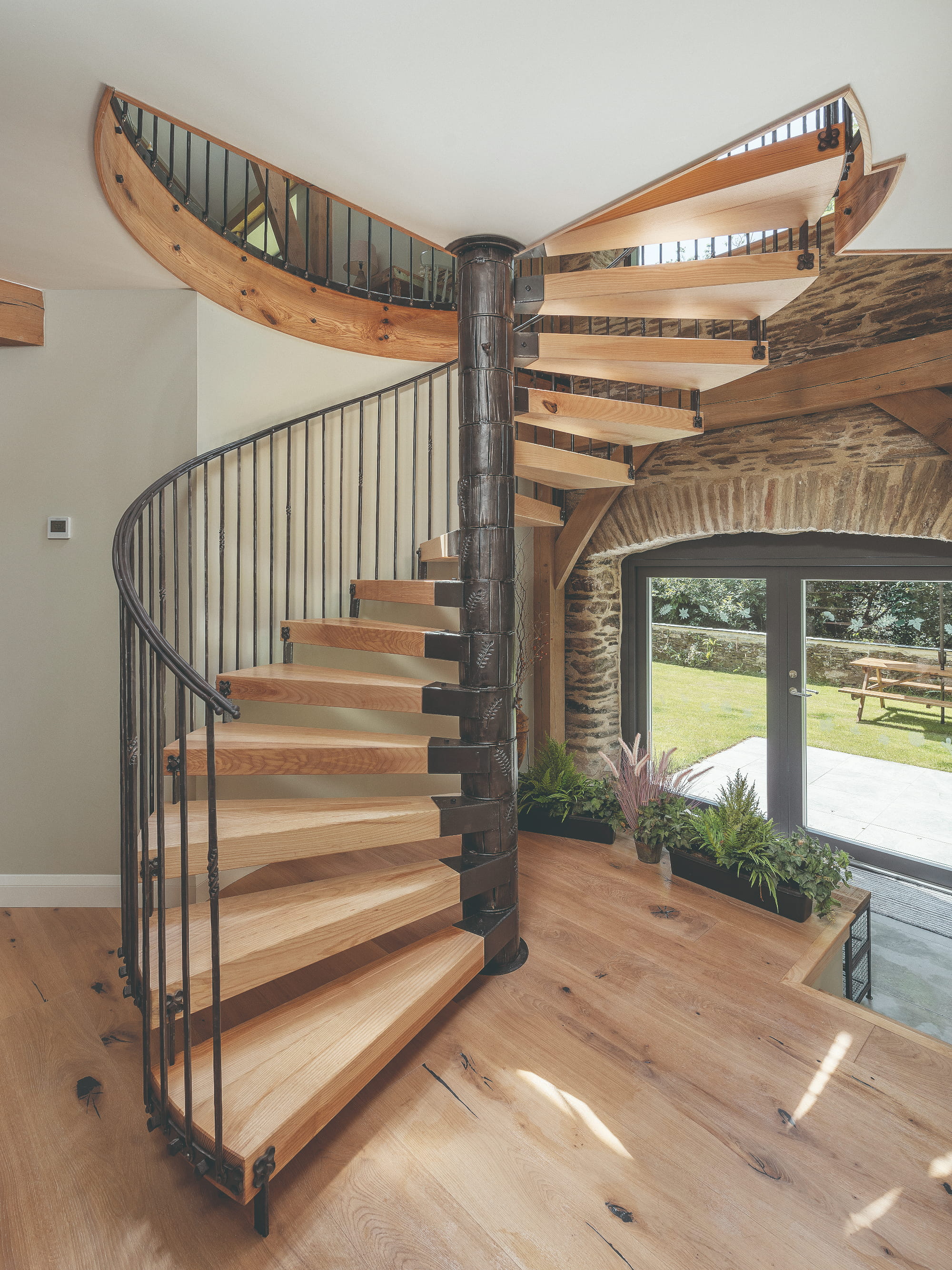
At 20 metres long by 5 metres wide (before insulation and plaster boarding) the couple faced a difficult task fitting three bedrooms and three bathrooms into the limited space.
“We talked about four bedrooms but we preferred to have bigger rooms with their own bathrooms,” says Sue. “We wanted our home to feel spacious and luxurious with a couple of stand-out features which would make a good first impression”.
Originally they decided on just two features: the oak frame and the staircase. But a third feature became the unique wallpaper down the bedroom corridor. “People have described it as bonkers,” laughs Andy.
“The spiral staircase came from a discussion with our architect," says Sue. "Richard, the blacksmith, can do anything with metal. He’d never done a spiral staircase before, so he was as excited as we were! We couldn't be happier with our finished home and we’re so blessed with everything we have."
Get the Homebuilding & Renovating Newsletter
Bring your dream home to life with expert advice, how to guides and design inspiration. Sign up for our newsletter and get two free tickets to a Homebuilding & Renovating Show near you.
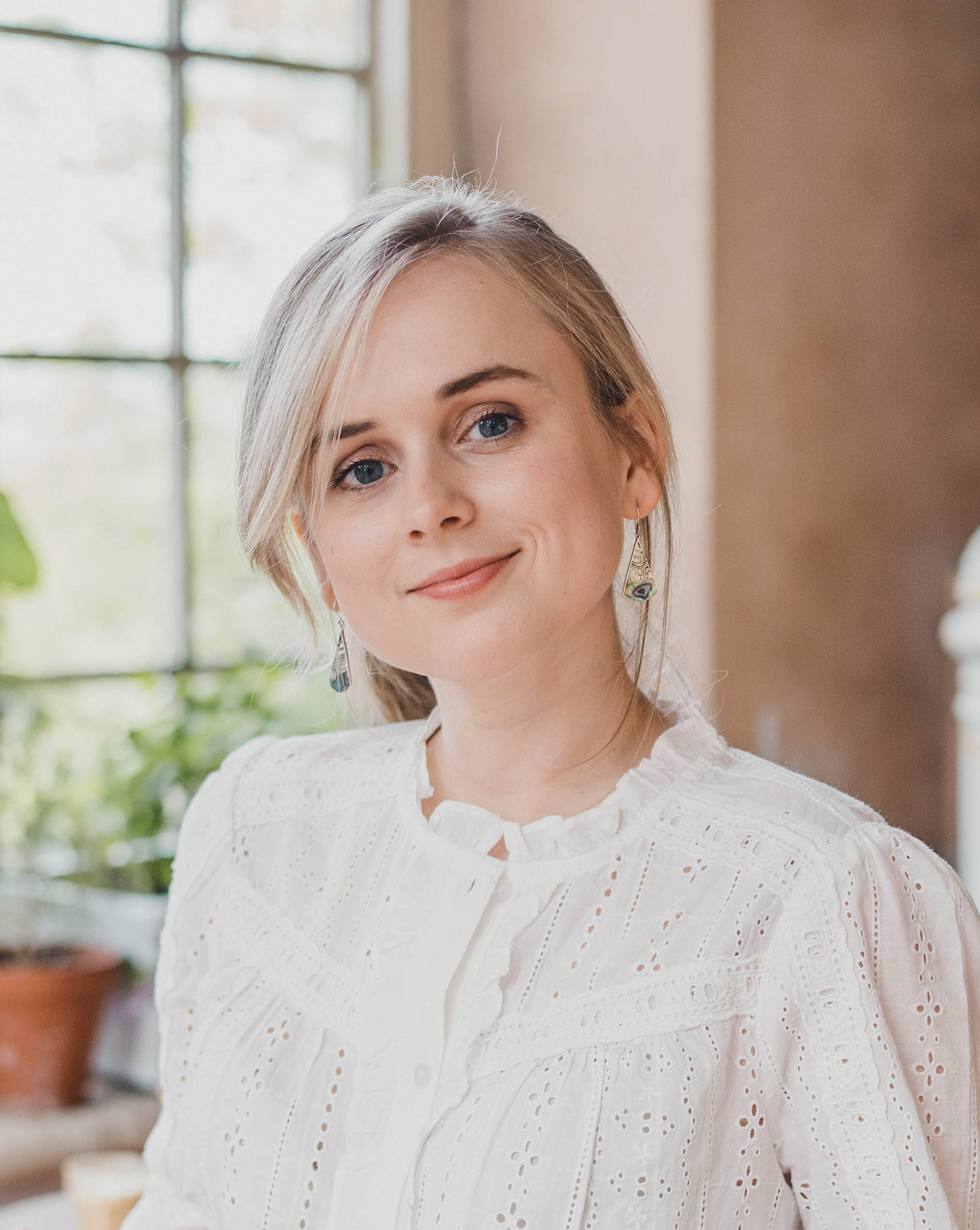
Gabriella is an interiors journalist and has a wealth of experience creating interiors and renovation content. She was Homebuilding & Renovating's former Assistant Editor as well as the former Head of Solved at sister brand Homes & Gardens, where she wrote and edited content addressing key renovation, DIY and interior questions.
She’s spent the past decade crafting copy for interiors publications, award-winning architects, and leading UK homeware brands. She also served as the Content Manager for the ethical homeware brand Nkuku.
Gabriella is a DIY enthusiast and a lover of all things interior design. She has a particular passion for historic buildings and listed properties, and she is currently in the process of renovating a Grade II-listed Victorian coach house in the West Country.
- Gabriella DysonInteriors journalist and contributing editor
